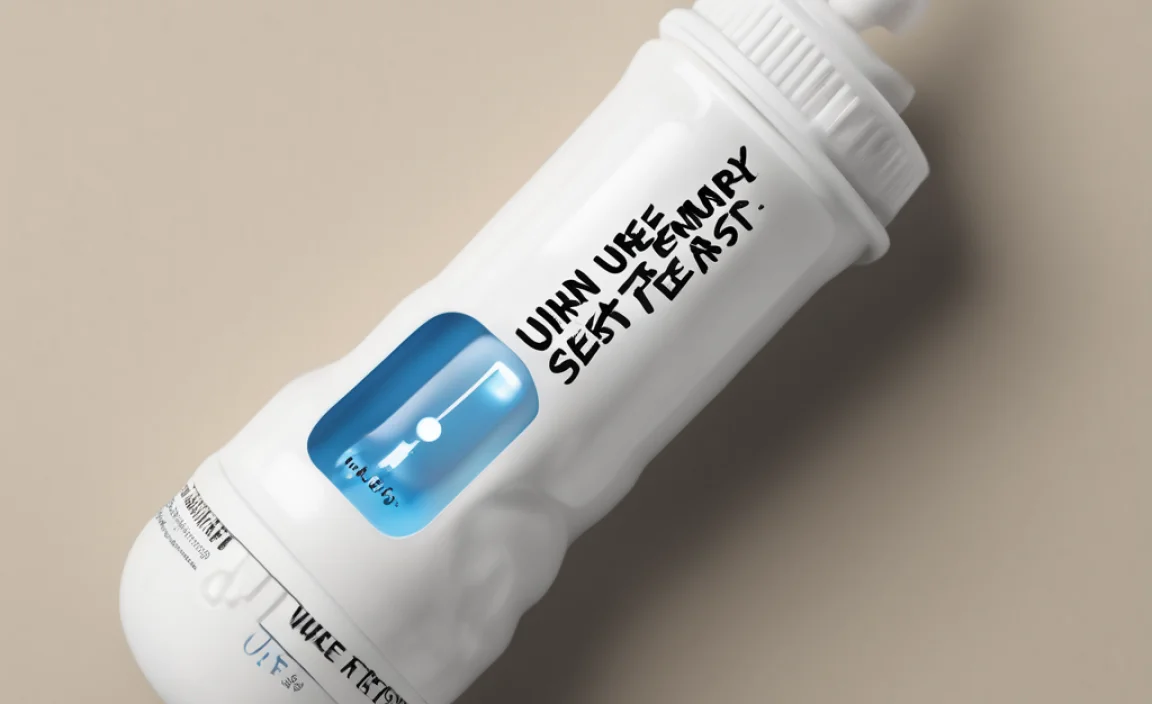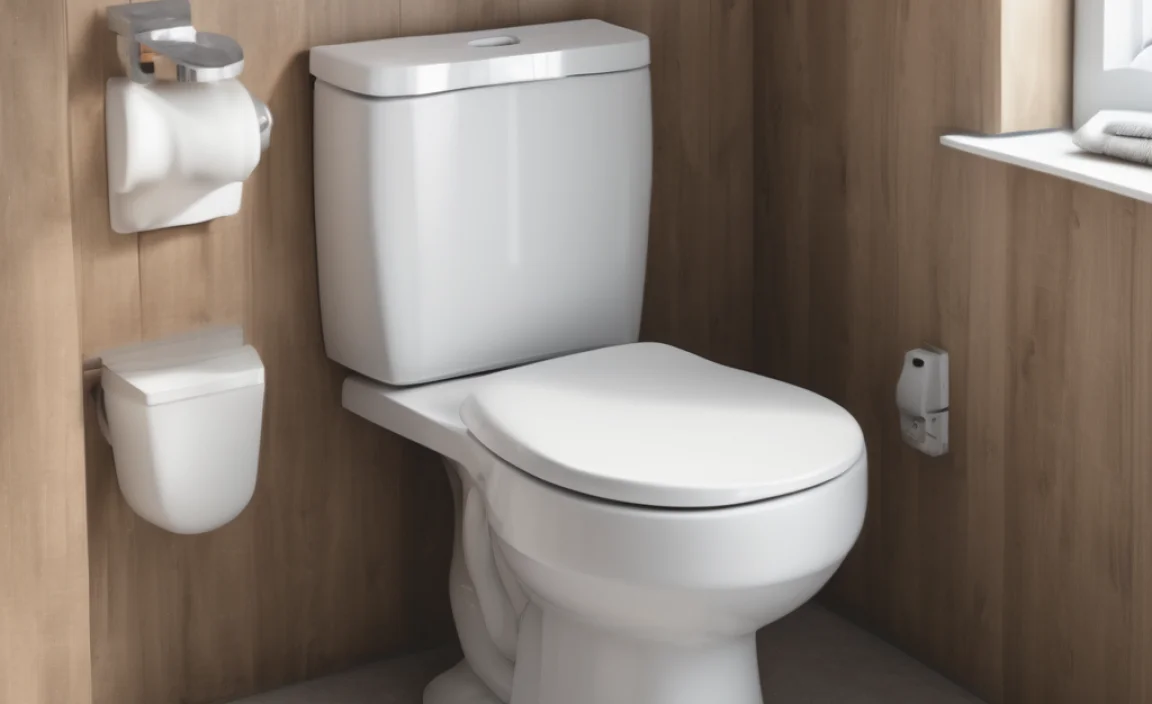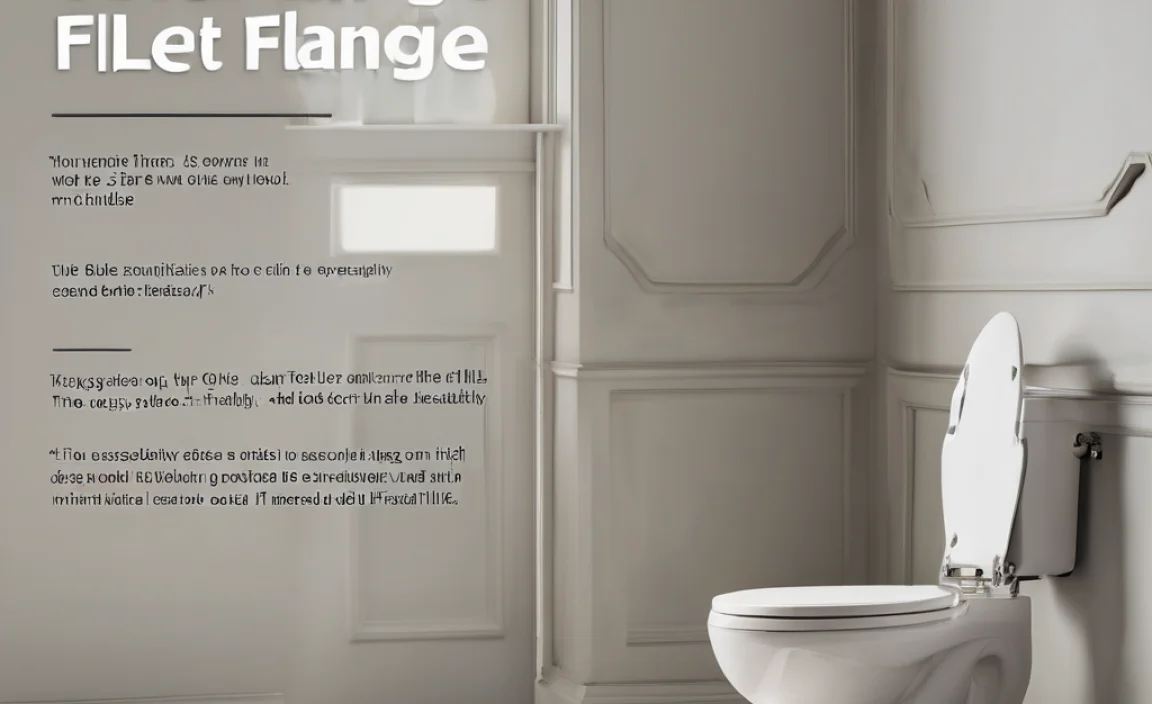Whether aluminum sinks or floats depends on its form. A solid block of aluminum sinks because it’s denser than water. However, an aluminum boat floats because its shape displaces enough water to equal the boat’s weight. Density and displacement are the keys!
Have you ever wondered if aluminum sinks or floats? It’s a common question that many people ask, especially when they’re around water. It might seem simple, but the answer involves a bit of science. You might be surprised to learn that the form of the aluminum greatly affects whether it sinks or floats. Don’t worry, we’ll break it down step by step. By the end of this article, you’ll understand why a chunk of aluminum sinks, but an aluminum boat can float. Let’s dive in and explore the fascinating world of density and displacement!
Understanding Density
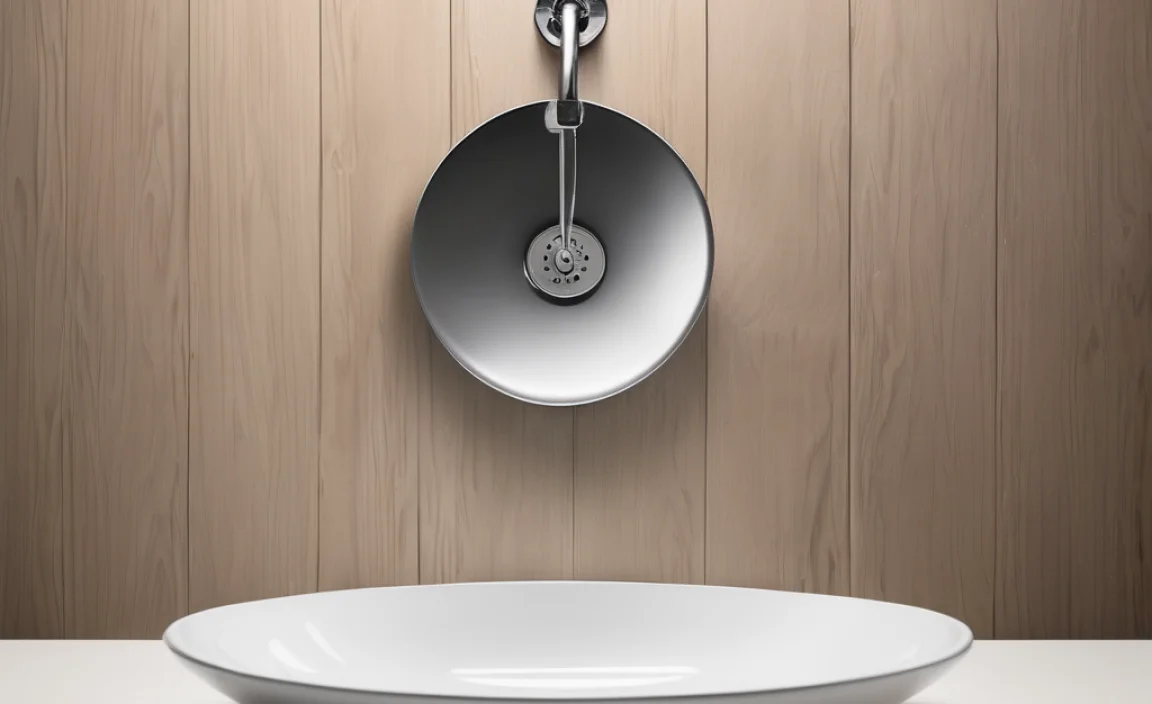
Density is a key concept when figuring out if something will sink or float. It’s all about how much “stuff” (mass) is packed into a certain amount of space (volume). Think of it like this: a brick and a sponge might be the same size, but the brick is much heavier because it’s denser. Density is calculated by dividing an object’s mass by its volume. Let’s explore this further.
What is Density?
Density is a physical property of a substance. It tells us how tightly packed the molecules are in that substance. The formula for density is:
Density = Mass / Volume
Mass is usually measured in grams (g) or kilograms (kg), and volume is measured in cubic centimeters (cm³) or milliliters (mL). Therefore, density is often expressed in g/cm³ or kg/m³.
Density of Aluminum
Aluminum has a density of about 2.7 g/cm³. This means that every cubic centimeter of aluminum has a mass of 2.7 grams. Now, let’s compare this to the density of water.
Density of Water
The density of pure water is about 1 g/cm³. Saltwater is slightly denser, around 1.03 g/cm³, but we’ll stick with pure water for simplicity. If an object’s density is greater than 1 g/cm³, it will sink in water. If it’s less than 1 g/cm³, it will float.
Does Aluminum Sink or Float? The Simple Answer

Since aluminum has a density of 2.7 g/cm³, which is much greater than water’s 1 g/cm³, a solid piece of aluminum will sink. This is because it’s heavier for its size compared to water. Think of dropping a small aluminum cube into a glass of water—it goes straight to the bottom.
Buoyancy: The Force That Makes Things Float
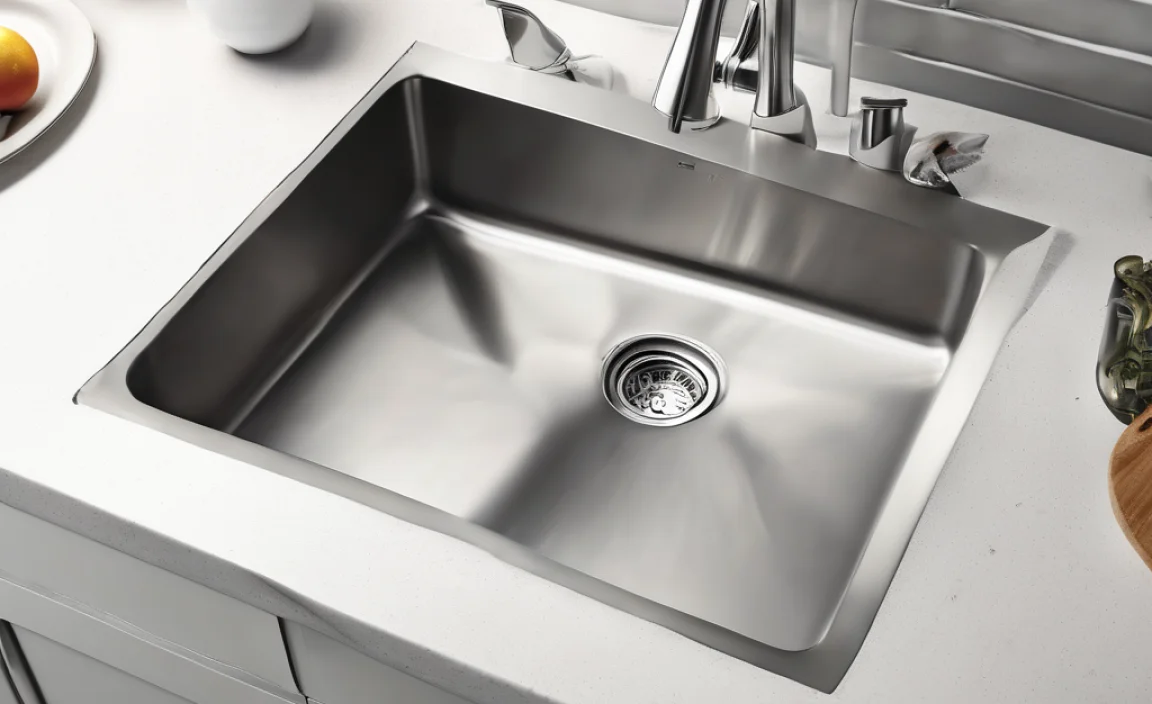
Buoyancy is the upward force exerted by a fluid (like water) that opposes the weight of an immersed object. This force determines whether an object floats or sinks. Let’s break this down further to really get our head around it.
What is Buoyancy?
Buoyancy is all about displacement. When you put an object in water, it pushes some of the water out of the way. The weight of the water that’s displaced is equal to the buoyant force acting on the object. If the buoyant force is greater than the object’s weight, the object floats. If the buoyant force is less than the object’s weight, the object sinks. You can find additional details on buoyancy at reputable science resources like Science Learning Hub.
Archimedes’ Principle
Archimedes’ Principle states that the buoyant force on an object is equal to the weight of the fluid displaced by the object. This principle is fundamental to understanding why some things float and others sink. Imagine a block of wood and a block of steel, both the same size. The steel is much heavier, so it sinks. The wood is lighter, so it floats.
How Shape Affects Floating: The Aluminum Boat Example
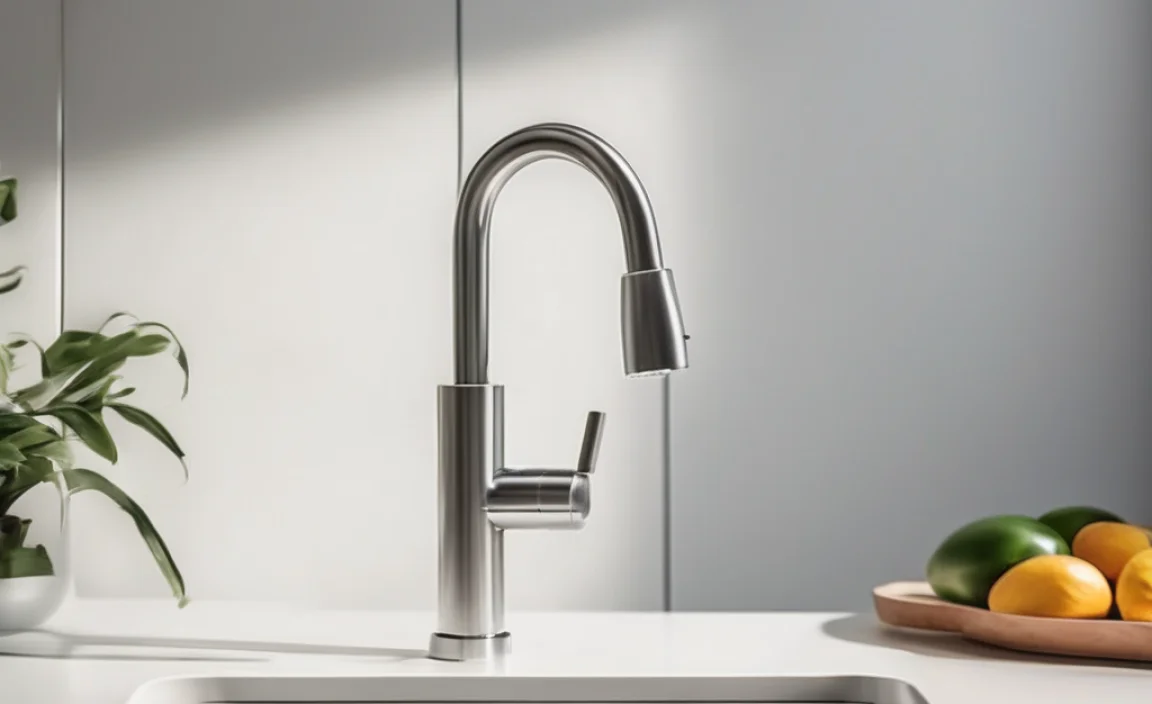
Now, here’s where it gets interesting. Even though solid aluminum sinks, an aluminum boat floats. How is this possible? It’s all about the shape and how it affects displacement and buoyancy.
The Magic of Displacement
A boat is designed to have a large volume relative to its weight. When a boat is placed in water, it displaces a large amount of water. The weight of this displaced water creates a buoyant force that can be equal to or greater than the weight of the boat. This is why the boat floats.
Increasing Volume, Decreasing Overall Density
Think of it this way: an aluminum sheet will sink. Now, fold that sheet into a boat shape. The boat shape has a much larger volume than the flat sheet. This increased volume means that the overall density of the boat (aluminum plus the air inside) is now less than the density of water. As a result, the boat floats.
Why Boats Float: A Step-by-Step Explanation
- Shape Matters: A boat’s shape is designed to maximize the volume it occupies.
- Displacement: When the boat is placed in water, it pushes aside (displaces) a large volume of water.
- Buoyant Force: The weight of the displaced water creates an upward force (buoyant force).
- Equilibrium: If the buoyant force is equal to the weight of the boat, the boat floats. If the buoyant force is less, the boat sinks.
Practical Experiment: Testing Aluminum Foil
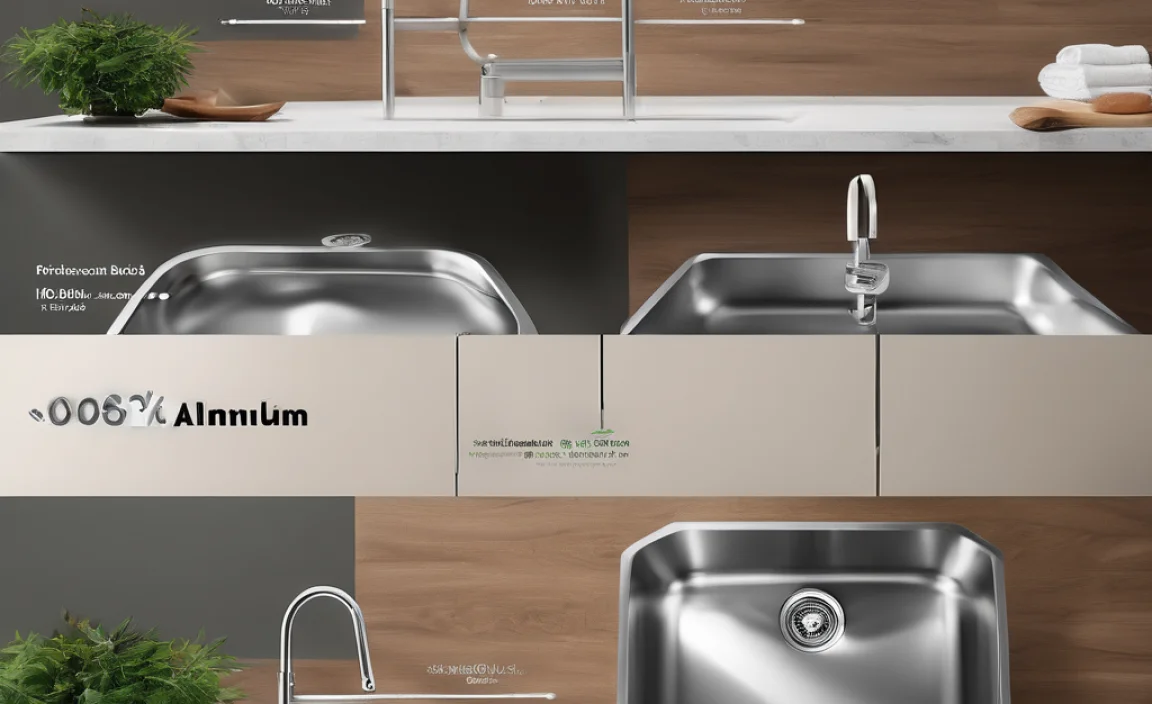
Want to see this in action? Here’s a simple experiment you can do at home to illustrate how shape affects whether aluminum sinks or floats.
Materials You’ll Need
- Aluminum foil
- A bowl or container of water
- Small objects (coins, pebbles) to add weight
Step-by-Step Instructions
- Prepare the Foil: Take a sheet of aluminum foil and crumple it into a ball.
- Test the Ball: Place the aluminum ball in the water. Observe that it sinks.
- Shape the Foil: Take another sheet of aluminum foil and shape it into a small boat. Make sure the sides are high enough to hold some weight.
- Test the Boat: Gently place the aluminum boat in the water. It should float.
- Add Weight: Slowly add coins or pebbles to the boat, one at a time. Observe how the boat floats lower in the water as you add weight.
- Observe the Limit: Continue adding weight until the boat starts to sink. Notice how much weight the boat can hold before it goes under.
What You’ll Learn
This experiment clearly demonstrates that the shape of the aluminum foil dramatically affects its ability to float. The crumpled ball sinks because it’s dense and doesn’t displace much water. The boat shape, however, floats because it displaces a larger volume of water, creating enough buoyant force to support its weight and additional small objects. Try this experiment with kids, it’s a blast!
Other Factors Affecting Whether an Object Sinks or Floats
Besides density and shape, several other factors can influence whether an object sinks or floats. Let’s take a look at some of these.
Temperature of the Water
The temperature of the water can affect its density. Warmer water is slightly less dense than colder water. This is because the molecules in warmer water move faster and spread out a bit more. In most cases, the difference in density due to temperature isn’t significant enough to make a big difference in whether something sinks or floats, but it can have a slight effect.
Salinity of the Water
Salinity refers to the amount of salt dissolved in the water. Saltwater is denser than freshwater because the salt adds mass to the water without significantly increasing its volume. This is why it’s easier to float in the ocean than in a freshwater lake. The higher density of saltwater provides more buoyant force.
Surface Tension
Surface tension is the property of the surface of a liquid that allows it to resist an external force, due to the cohesive nature of the water molecules. While not directly related to sinking or floating of larger objects, surface tension can allow very small objects (like a needle) to float on the surface of the water, even if they are denser than water. This is because the surface tension creates a “skin” on the water that can support the weight of the object.
Real-World Applications
Understanding why aluminum sinks or floats (depending on its shape) has many practical applications in engineering, design, and everyday life. Let’s explore some of these.
Shipbuilding
Shipbuilders use the principles of buoyancy and displacement to design ships that can carry heavy loads while remaining afloat. They carefully calculate the shape and size of the hull to ensure that the ship displaces enough water to support its weight. Aluminum is often used in shipbuilding because it is lightweight and corrosion-resistant, contributing to fuel efficiency and longevity. You can explore modern shipbuilding techniques through resources like the American Society of Naval Engineers.
Submarines
Submarines use ballast tanks to control their buoyancy. By filling the tanks with water, the submarine increases its weight and sinks. To surface, the submarine pumps the water out of the tanks, decreasing its weight and allowing it to float. The precise control of buoyancy is crucial for submarines to operate at different depths.
Hot Air Balloons
Hot air balloons float because the hot air inside the balloon is less dense than the cooler air outside. By heating the air inside the balloon, the overall density of the balloon (including the air inside) becomes less than the density of the surrounding air. This creates a buoyant force that lifts the balloon into the air.
Life Jackets
Life jackets are designed to increase a person’s buoyancy in the water. They are filled with materials (like foam) that are less dense than water. This increases the overall volume of the person and the life jacket, making the average density less than water, which helps the person float.
Advantages and Disadvantages of Using Aluminum in Boats
Aluminum is a popular material for boat construction due to its many advantages. However, it also has some disadvantages. Here’s a table summarizing the pros and cons:
| Advantages | Disadvantages |
|---|---|
| Lightweight: Improves fuel efficiency and speed. | Cost: Generally more expensive than fiberglass. |
| Corrosion-Resistant: Doesn’t rust, suitable for saltwater. | Denting: More prone to dents and dings than steel. |
| Durable: Long-lasting with proper maintenance. | Welding: Requires specialized welding skills and equipment. |
| Recyclable: Environmentally friendly material. | Electrical Conductivity: Can corrode if not properly insulated from other metals. |
Other Metals: Sink or Float?
Aluminum isn’t the only metal we encounter in our daily lives. Let’s take a look at how common metals behave in water.
Iron
Iron has a density of about 7.87 g/cm³, which is much higher than water. Therefore, iron sinks. This is why anchors are made of iron or steel; they need to be heavy to hold a boat in place.
Steel
Steel is an alloy of iron and carbon, and its density is similar to iron, around 7.85 g/cm³. Like iron, steel sinks in water. However, just like aluminum, steel can be used to make ships that float due to their shape and displacement.
Copper
Copper has a density of about 8.96 g/cm³, making it much denser than water. Copper sinks readily. This is why copper pipes and fittings are used in plumbing systems; their weight helps them stay in place.
Lead
Lead is a very dense metal, with a density of about 11.34 g/cm³. Lead sinks very quickly in water. It’s used in applications where weight is needed, such as in fishing weights and radiation shielding.
Gold
Gold is one of the densest metals, with a density of about 19.3 g/cm³. Gold sinks immediately in water. Its high density is one of the reasons why gold is so valuable; it’s heavy and rare.
Here’s a quick comparison table of the densities of these metals:
| Metal | Density (g/cm³) | Sinks or Floats |
|---|---|---|
| Aluminum | 2.7 | Sinks (solid), Floats (shaped) |
| Iron | 7.87 | Sinks |
| Steel | 7.85 | Sinks |
| Copper | 8.96 | Sinks |
| Lead | 11.34 | Sinks |
| Gold | 19.3 | Sinks |
FAQ: Does Aluminum Sink or Float?
Here are some frequently asked questions about whether aluminum sinks or floats, answered in a simple, easy-to-understand way.
1. Why does a solid piece of aluminum sink?
A solid piece of aluminum sinks because its density (2.7 g/cm³) is greater than the density of water (1 g/cm³). Density is the amount of mass packed into a given volume. Since aluminum is heavier for its size compared to water, it sinks.
2. How can an aluminum boat float if aluminum sinks?
An aluminum boat floats because of its shape. The boat’s shape displaces a large volume of water. If the weight of the displaced water (buoyant force) is equal to or greater than the weight of the boat, the boat floats. The overall density of the boat (aluminum plus air) is less than the density of water.
3. Does saltwater affect whether aluminum sinks or floats?
Yes, saltwater is denser than freshwater (about 1.03 g/cm³). This means that the buoyant force in saltwater is greater than in freshwater. An aluminum boat will float slightly higher in saltwater than in freshwater.
4. What is buoyancy, and how does it relate to floating?
Buoyancy is the upward force exerted by a fluid (like water) that opposes the weight of an object. If the buoyant force is greater than the object’s weight, the object floats. If the buoyant force is less than the object’s weight, the object sinks.
5. Can you make aluminum float by changing its temperature?
While changing the temperature of aluminum can slightly affect its density, the change is not significant enough to make it float. The density of aluminum would still be much greater than water, even at higher temperatures.
6. What is Archimedes’ Principle, and how does it explain floating?
Archimedes’ Principle states that the buoyant force on an object is equal to the weight of the fluid displaced by the object. This means that an object will float if it displaces an amount of water that weighs the same as the object itself.
7. Why do some ships use aluminum in their construction?
Aluminum is used in shipbuilding because it is lightweight and corrosion-resistant. Its lightweight nature improves fuel efficiency and speed, while its corrosion resistance makes it suitable for saltwater environments. This is detailed further by organizations such as the Aluminum Association.
Conclusion
So, does aluminum sink or float? The answer is: it depends! A solid piece of aluminum will sink because it’s denser than water. However, when aluminum is shaped into a boat, it can float because it displaces enough water to create a buoyant force that supports its weight. Understanding the principles of density, buoyancy, and displacement can help you grasp why objects behave the way they do in water. Now you can impress your friends and family with your knowledge of why an aluminum can sinks, but an aluminum boat doesn’t! Keep exploring and experimenting – there’s always more to learn!


